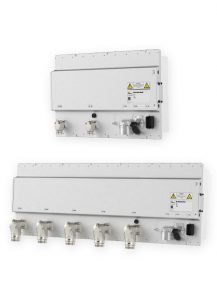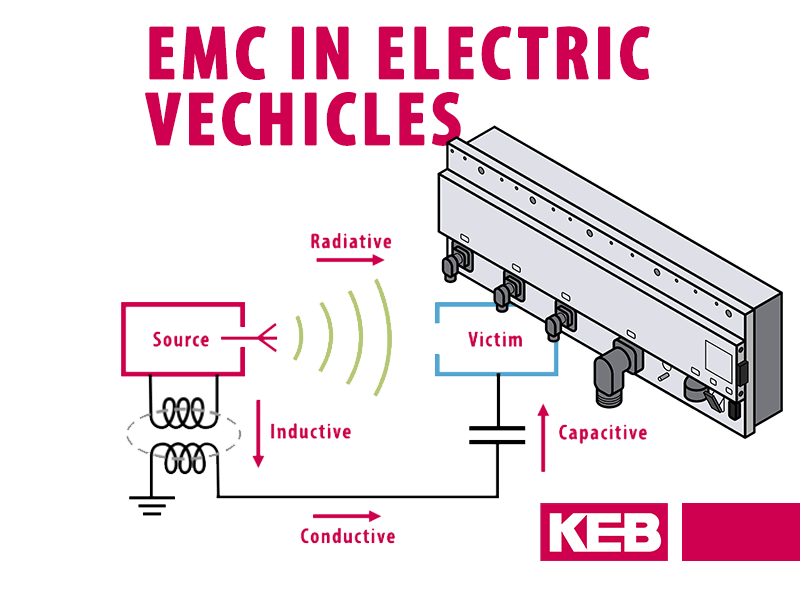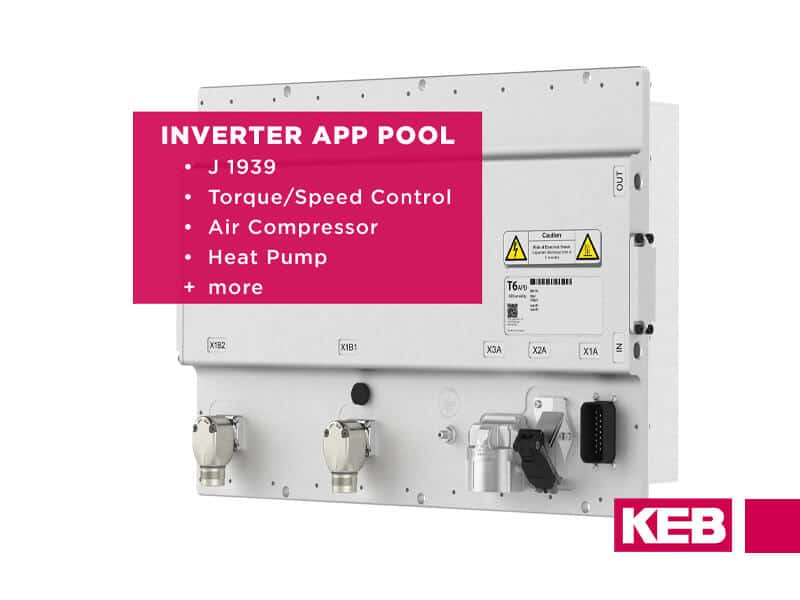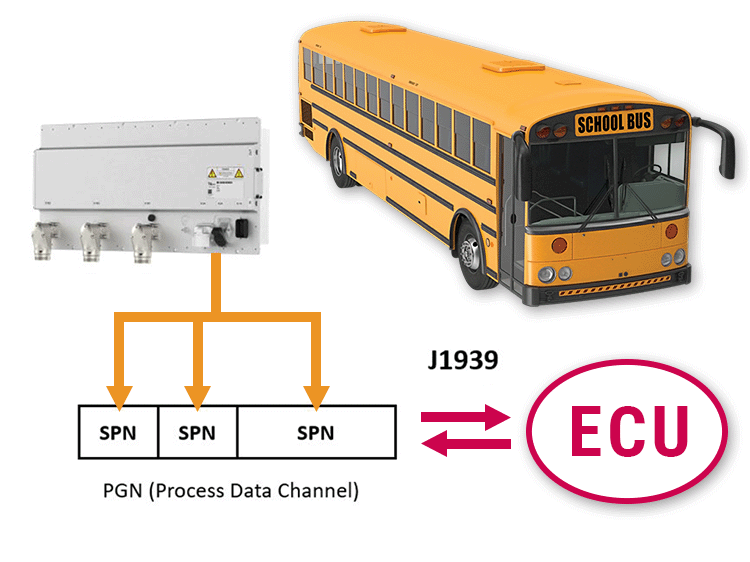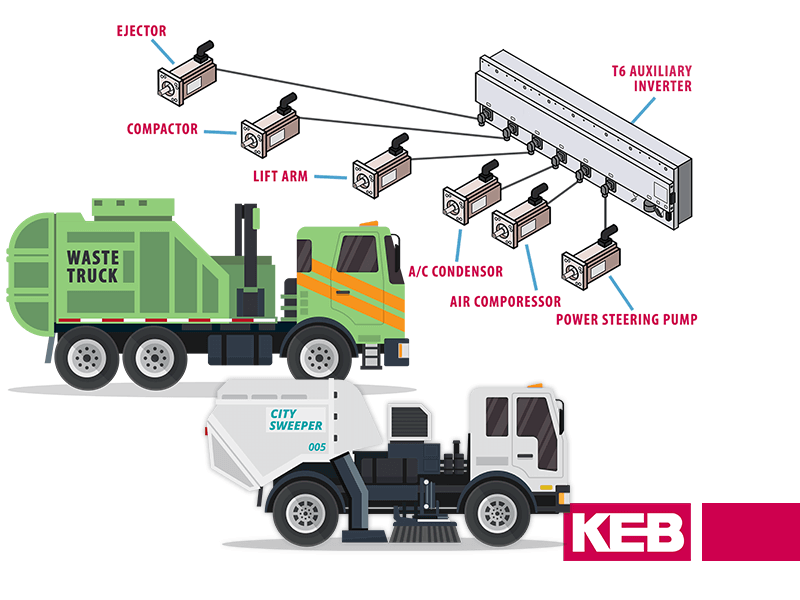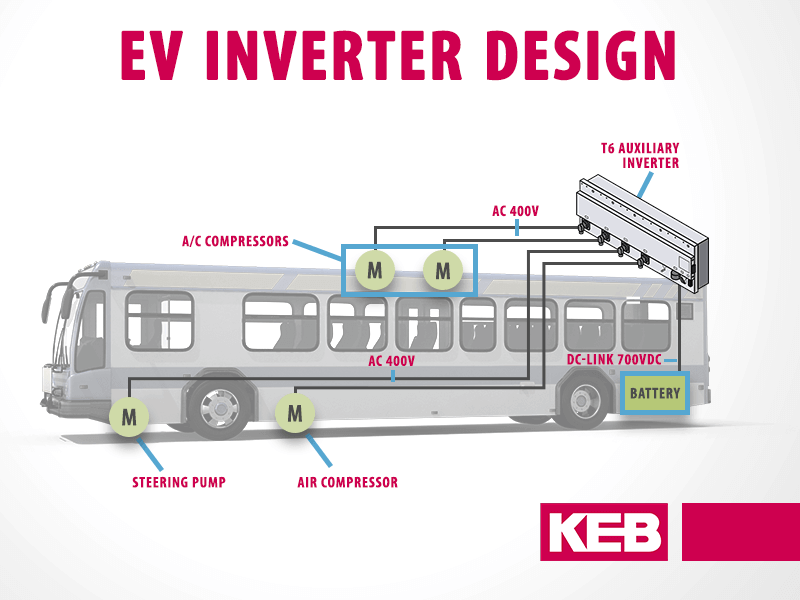KEB T6 Inverter Ensures High Operational Reliability
Commercial electric vehicles are becoming more prevalent on the road and the job site as the world continues to move towards a more sustainable future. One advantage of commercial EVs over internal combustion engine (ICE) vehicles is that EVs have fewer moving parts, potentially improving reliability.
Despite technological advancements, some reservations remain regarding the robustness and dependability of the high-powered electronic components in commercial electric vehicles. To address these concerns, it’s important to prioritize operational reliability when it comes to component selection and system design. That is, components that ensure continued operation without fault or failure.
Here, the KEB T6 Auxiliary Inverter is designed to meet this challenge. The T6 ensures high operational reliability through its implementation of EMC strategies, robust “sensorless” motor control, and scalable system design with reduced potential points of failure.
Electro-Magnetic Compatibility (EMC)
As more electronic components are integrated into EVs, managing electro-magnetic interference (EMI) effectively becomes increasingly important. EMI can disrupt high-voltage components and low-voltage communications within the vehicle’s electronic systems. As an unseen force, EMI can cause malfunctions that are difficult to troubleshoot. The T6 mitigates EMI through its comprehensive EMC strategies, which include filtering and shielding.
Filtering
The T6 has integrated common-mode DC EMC filters for each inverter output stage. A DC choke mitigates conducted emissions by allowing low-frequency DC voltages and currents to pass through. This keeps in noise generated by the inverter itself from entering the DC-link (e.g., HVDC battery) by blocking the high frequency and leakage currents to prevent harmful or disruptive effects on other devices connected to the HVDC supply. Additionally, the choke blocks noise from coming into the inverter itself from other external noise sources. Thus, the filtering ensures a clean HVDC supply with two-way protection from transients.
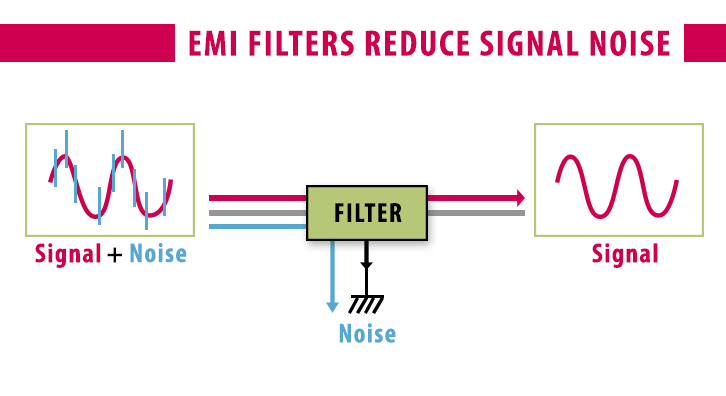
Shielding
In addition to using shielded cables for all high-voltage electrical connections, the corresponding connectors on the T6 utilize optimal shield connections and cable clamping. This plays a crucial role in maintaining the effectiveness of shielded cables, as the level of protection is only as strong as the weakest link in the system.
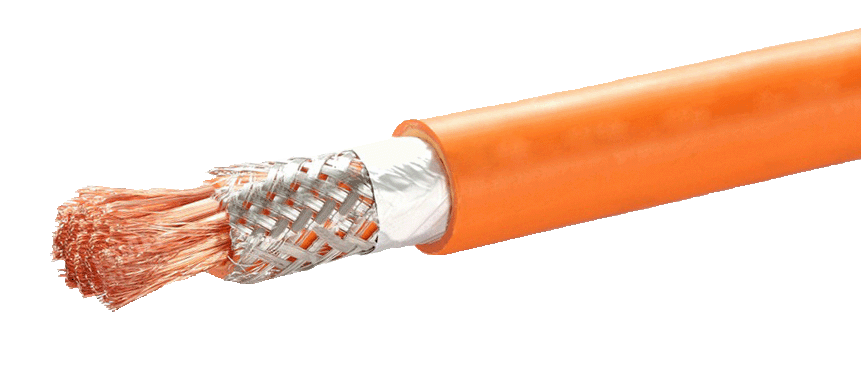
Learn more about EMC here: EMC Considerations for Auxiliary Inverters in Electric Vehicles Applications
Robust Motor Control: Sensorless Closed-Loop
An inverter’s primary purpose is to provide accurate motor control, so it’s essential to implement a robust motor control strategy. The most common approach for applications requiring precise speed and torque control is encoder/resolver feedback. But while this type of feedback provides high accuracy and repeatability, the feedback device and cable add to the size and cost of the motor assembly and are also potential points of failure.
The T6 takes a different approach, using “sensorless” closed-loop control to achieve precise and accurate control. Rather than relying on additional hardware for feedback, the T6 uses feedback from the motor’s current and voltage and processes it through an advanced motor model. This model closes the loop and provides dynamic speed and torque control comparable to an encoder-based operation but with less hardware susceptible to electrical noise, vibration, or cable breakage.
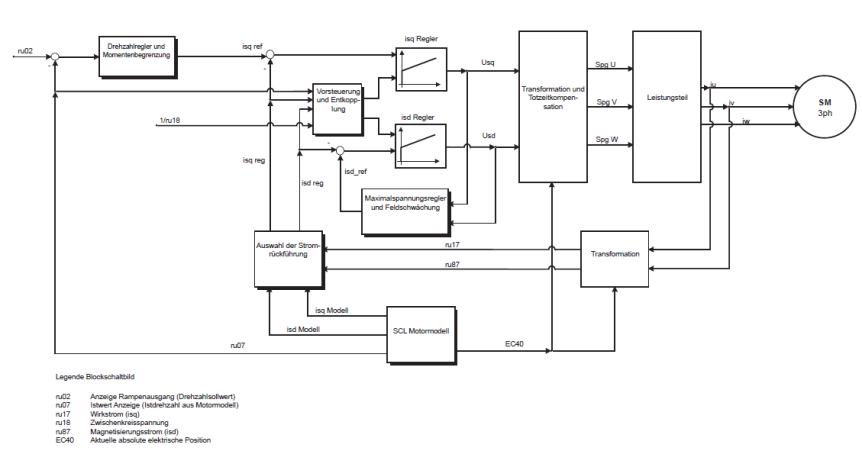
Learn more about Sensorless Motor Control here: What is Sensorless Closed Loop? Precise Motor Control without an Encoder
Reduced Potential Points of Failure
For controlling multiple auxiliary motors within a vehicle, the T6 was designed as a scalable system solution as opposed to a distributed solution. In a distributed solution, each motor would have its own stand-alone inverter in a distributed solution, including HVDC cabling, low-voltage harness, and cooling connections.
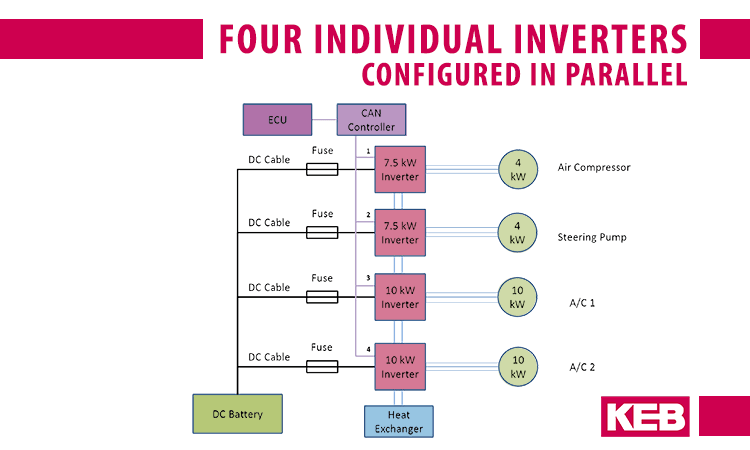
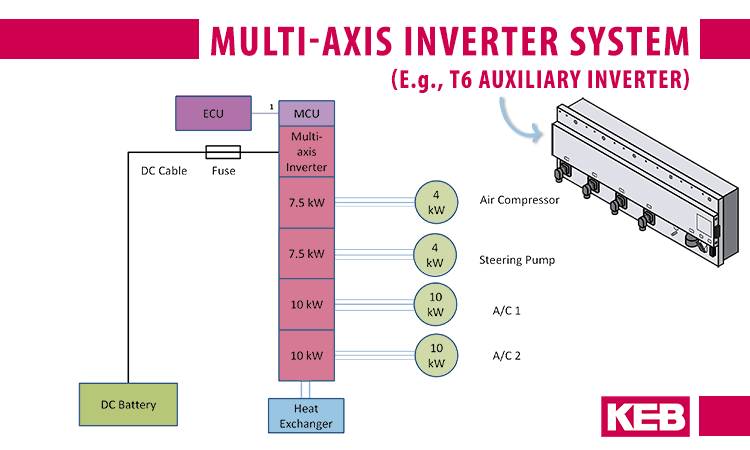
On the other hand, the scalability design of the T6 combined multiple inverters stage onto the same hardware platform, requiring only a single HVDC connection, low-voltage harness, and set of coolant connections for the entire auxiliary system. This consolidated system design reduces the number of connections resulting in fewer potential points of failure. This, in turn, ensures higher reliability and simplifies the hardware layout.
Learn more about Multi-Axis Inverter Systems here: How a multi-axis auxiliary inverter solution can benefit your EV design
Conclusion
Commercial electric vehicles can deliver on the promise of improved reliability over their ICE-driven counterparts, but it all starts with careful component selection and system design. The KEB T6 Auxiliary Inverter takes operational reliability to the next level with its comprehensive EMC strategies, advanced sensorless motor control solution, and scalable system design with reduced potential points of failure.
To learn more about how the T6 operational reliability can benefit your eMobility application, please contact a KEB Applications Engineer below.
Let's Work Together
Connect with us today to learn more about our industrial automation solutions—and how to commission them for your application.
